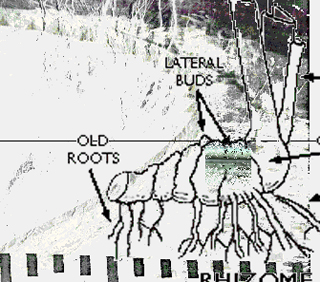Splash art originated in the 1940s in comics, where the term referred to a full page of visuals at the front of a book. Pages were designed to engage the reader's imagination along the lines of the comic's broader concept, while standing independent from the narrative. In the late 1990s, when the widespread use of the application Flash opened up new possibilities for animation and interactive media, the idea of the splash page migrated to web design. Online splash art brought visual excitement to a webpage when low modem speeds made it impractical to post large or moving images amid a site's textual content.
Rhizome introduced splash pages to its web site in 1998 in order to display artwork with greater immediacy....
Rhizome introduced splash pages to its web site in 1998 in order to display artwork with greater immediacy....
Launch Project 
 Flavored Thunder Cuts into Rhizome, 2001
Flavored Thunder Cuts into Rhizome, 2001
About
Mark Daggett lets the user click and drag to distort a textbook diagram of a horizontal root. His splash page illustrates both the botanical oddity that gave Rhizome its name and the interactive, conceptual media that the organization supports. Daggett's facility with Shockwave demonstrated here served him well in his career as a designer and programmer (the name of his company, Flavored Thunder, appears in the splash page's title). He was also a frequent participant in arts festivals and collectives, including the collaborative ensemble Radical Software Group.
http://www.flavoredthunder.com/
http://www.flavoredthunder.com/